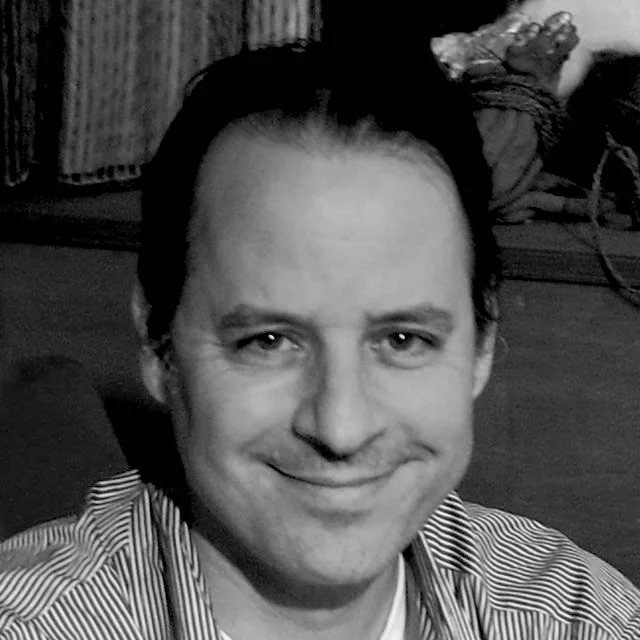What does the future hold for our late-stage capitalist society with mega-corps controlling everything? - Highlights - KYLE HIGGINS, KARINA MANASHIL & KID CUDI
/Eisner Award-nominated Comic Book Author KYLE HIGGINS
Emmy-nominated Producer KARINA MANASHIL & KID CUDI on the Making of Moon Man
So, as we started talking and going through what this could look like. What a new black superhero in 2024 could look like? What would the threats be? What the world might look like if it's maybe not even five minutes in the future? I would argue it's like two and a half minutes in the future. And then what kind of really complex, emotionally layered journey we could put this character through?



